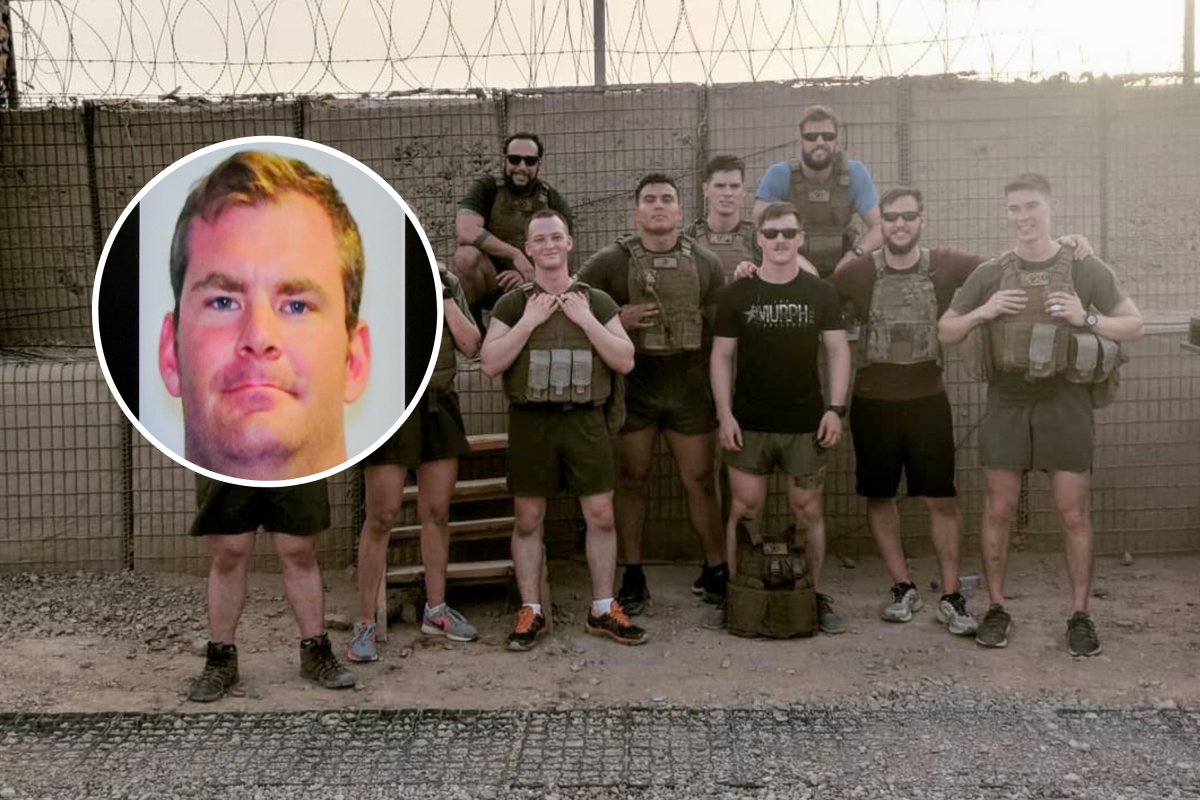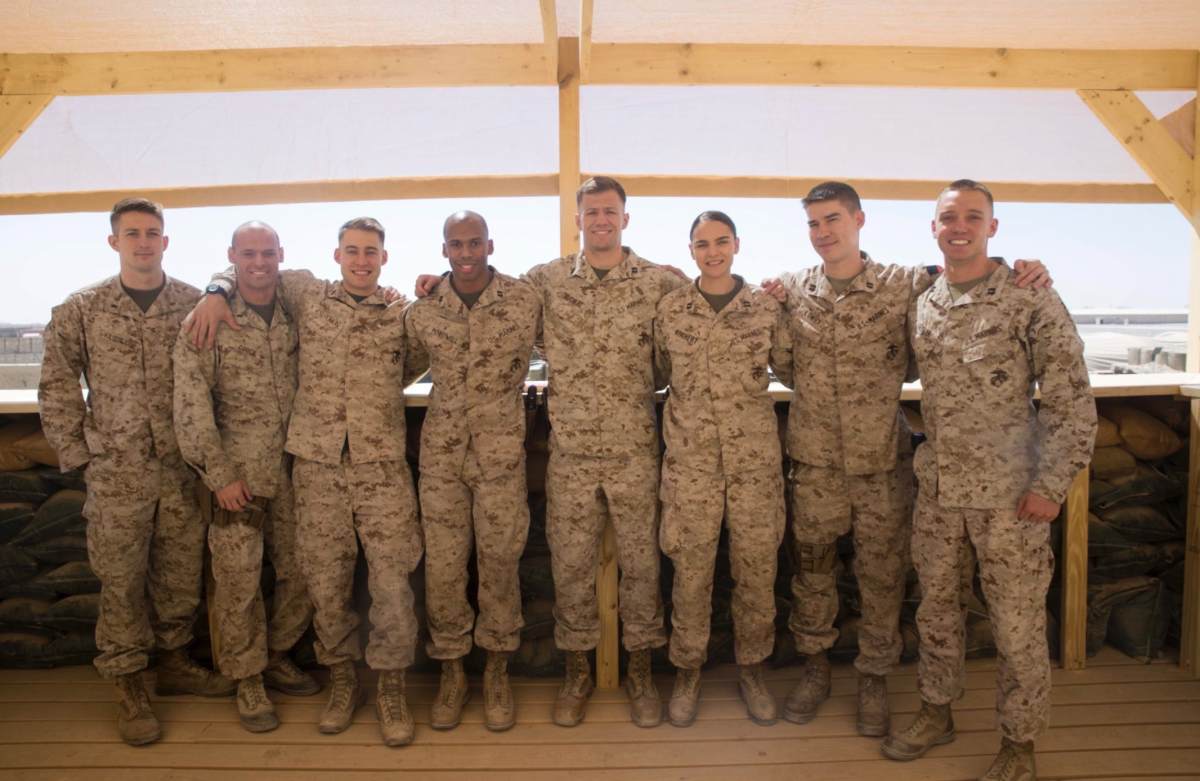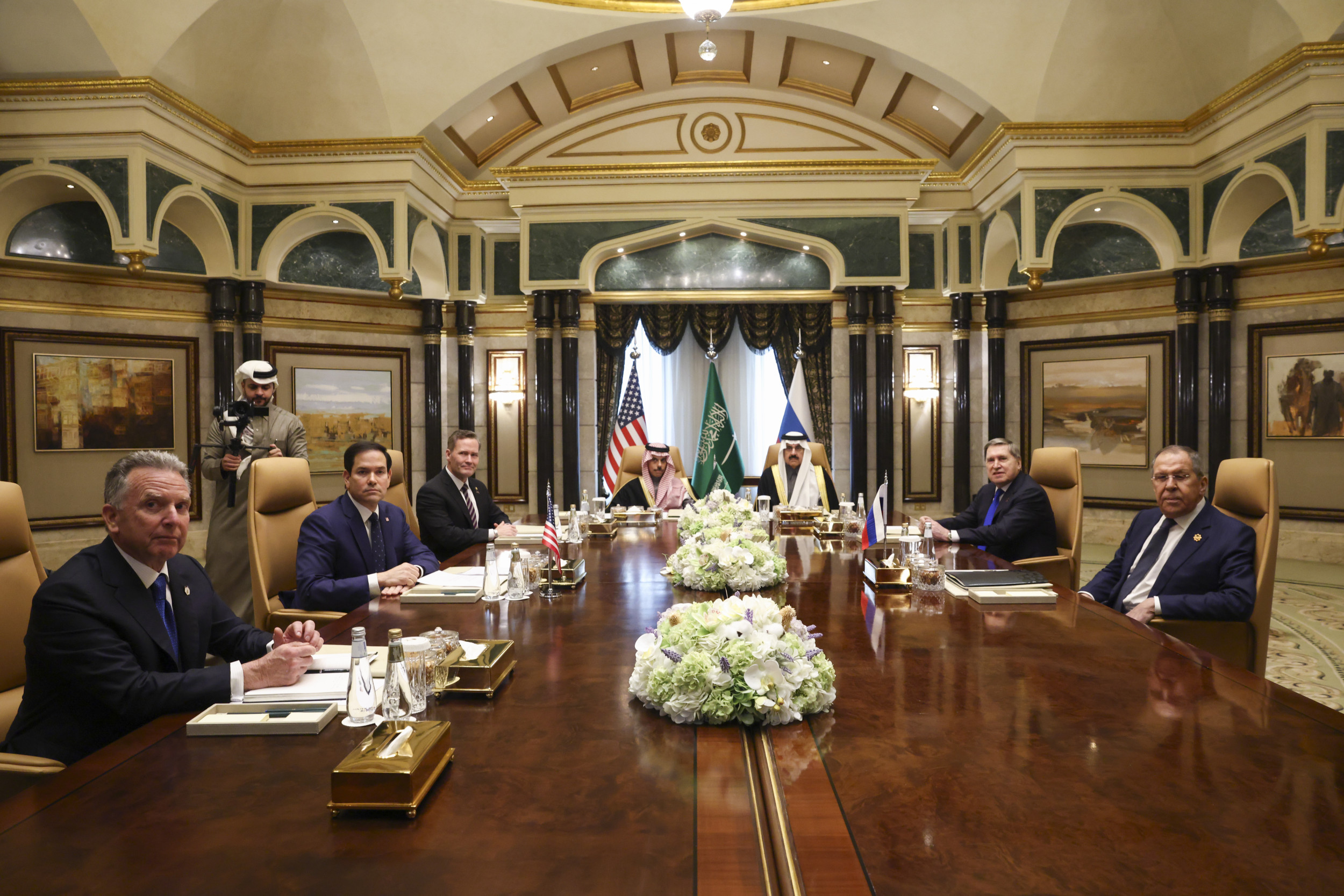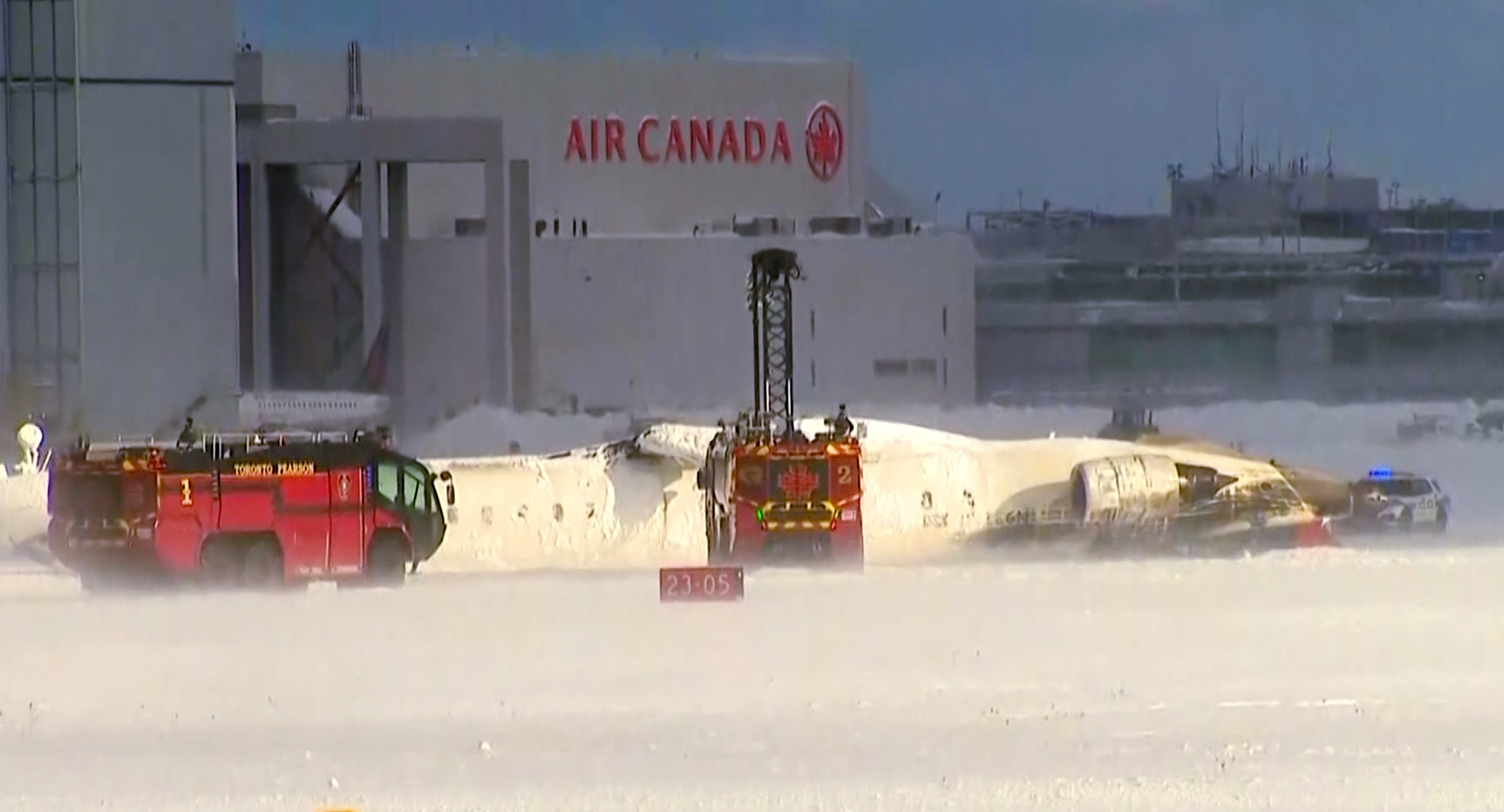Matt didn't look like the pictures in the news.
We first met in the winter of 2017 in a metal Quonset hut in the Afghan desert. The first thing I noticed about Matt was his beard: Like the other special operations forces, Matt and his team enjoyed relaxed grooming standards.
After nearly four months, that had translated into a flowing blonde beard that nearly reached his chest. Along with his tall frame, he could have been mistaken for Thor in drab olive camouflage.
I was new to southern Afghanistan, where Marines had been redeployed in 2017 to stem Taliban advances on Helmand Province.
Before the 300-strong Marine contingent returned, the Afghan government had relied on U.S. Army Special Forces Operational Detachment Alpha (ODA) teams like Matt's to repeatedly deploy to hold the Taliban at bay.
The Marines that preceded me had developed a close relationship with Matt's ODA team. As Marines targeted Taliban foot soldiers with drones and strafing gun runs on the dusty, pockmarked roads during the day, Matt's ODA team paired with Afghan special operations forces to target Taliban mid-level leaders in their operation centers—colloquially known as "watoks"—as they retired for the evening.

Usually, this meant a nighttime insert into a nearby field using helicopters, swift raids to capture or kill fighters in the mud compounds on the objective, and a hasty extract before Taliban forces could mount reinforcements.
We worked closely with Matt, who was an 18F Special Forces Intelligence Sergeant, to develop compounds of interest for Matt's team to strike.
But at the end of the day, the targets were Matt's decision. It was his responsibility to decide who lived or died.
As an 18F, Matt would go out on each raid, write his team's intelligence reports, grab a few hours of sleep and then begin planning the next operation. Matt's understanding of the Helmand terrain and intelligence operations was unparalleled but he didn't have the manpower or resources that a larger military unit enjoyed.
So every few weeks, he visited our postage stamp compound. He would amble around our operations center, ducking under the plywood overhangs while discussing drone coverage and communications intercepts with our intelligence specialists.
He awed us—most of us were on our first deployment to Afghanistan and Matt had served in combat multiple times and had fought the Taliban on the ground. Most of us had just seen them as we conducted air strikes through grainy ISR feeds.
Matt was eager to teach but despite his experience, was just as willing to learn from our Marines who could explain how the Taliban communicated or discuss the source coverage of our Taliban spies.
Then he would leave our compound, don his body armor and night vision goggles, and go out on the objective as we watched from the relative safety of our compound in the desert.
After one successful raid we collaborated on, he sent a message to us: "that was a good one, let's find more like those." And so we did. And he went back out again. Night after night, week after week.
Several months into my deployment, Matt and his team returned home in February 2018. A new team replaced his. Business continued as usual: Violence without purpose.
The Taliban lobbed rockets at our base and the ODA team we were co-located with—we responded with air strikes.
After they targeted our Afghan partner checkpoints in the evening, we targeted them with HIMARs rockets during the day. And the new ODA team increased their operational tempo in a national campaign effort to pressure the Taliban into negotiating.
A three-day national ceasefire brought hope in June, but continued fighting in July dashed reconciliation efforts with the Taliban. In August 2018 during a night raid in northern Helmand, a member of the new ODA team, Reymund Transfiguracion, died in an IED strike after rushing to save a wounded Afghan soldier.
The compound had been booby-trapped. Yet the ODAs kept going on raids, week after week.

In October 2018, I prepared to come home: Despite all of the air strikes and rockets we fired (and the vehicle-borne IEDs, ambushes and insider attacks the Taliban attempted) nothing had changed.
Our deployment had been eleven months, long enough for yet another ODA team to rotate into Helmand. After one deployment, I was dispirited and jaded. I was done with Afghanistan and the Marine Corps.
As I monitored chat and emails in our intelligence operations center days before leaving, I saw a familiar name sending plans for upcoming operations in southern Afghanistan: "MLivelsberger."
Matt had rotated back into Afghanistan after a brief reprieve.
I was elated at first— if anyone could turn the tide in southern Afghanistan it would be men like Matt and his team, who knew Helmand intimately and were willing to risk everything with their Afghan partners at night, week after week.
But as I boarded the plane to return home, I also mourned for Matt and his teammates: I knew they would keep fighting until the war was over or until it killed them.
Nathan Lowry is a former Marine ground intelligence officer who served in Afghanistan, Africa, and Europe. He also served on the staff of the Afghanistan War Commission throughout 2024.
All views expressed are the author's own, and are not representative of the Afghanistan War Commission or the U.S. government.
Do you have a unique experience or personal story to share? See our Reader Submissions Guide and then email the My Turn team at myturn@newsweek.com.
About the writer
Nathan Lowry is a former Marine ground intelligence officer who served in Afghanistan, Africa, and Europe. He also served on ... Read more



